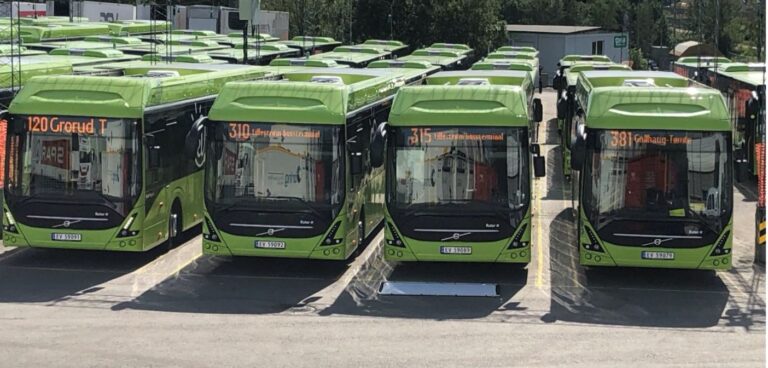Electric bus fleets could operate more efficiently and cost-effectively, according to a new report by public transport technology company Saga Tenix.
Following analyse of data from 4,000 vehicles connected to the company’s servers, Saga Tenix suggested by extracting the maximum power from each electric bus, the bus companies can make a stronger contribution to green conversion.
“We work with companies that have big impact on our daily life when it comes to moving around in a city. Public Transport is changing to renewable energy and our customers are preparing to pivot from traditional models to powerful, data driven operations,” said CEO of Saga Tenix, Robert Eriksen Jacobsen.
He added that to get the most out of electric buses more data is required, and work is needed to optimise existing fleets as well as developing future electric buses.
The Norwegian Research Centre (NORCE) has carried out analyses in a collaborative project with Saga Tenix. Its findings recommend the introduce of parameters including temperature, topography and passenger numbers into models that calculate power consumption.
NORCE researcher Bjørnar Jensen, said: “In addition, advanced data analysis can identify further points for improvement, such as preheating buses, and battery monitoring that can give a signal when charging is interrupted.”
The results show that both the outdoor temperature, the temperature inside the bus at start-up, as well as the altitude profile on the route, can significantly affect power consumption.
According to the collaboration, by using Tenix Predict, a machine learning model system, the bus operators could run electric buses in a more effective and secure way.
“Data from buses and additional components has played an increasing part over the past few years, but with operations of electric buses – data is essential,” said Jacobsen.
“In addition to the operations, Tenix Predict will also contribute to design the routes or the entire route network.”





